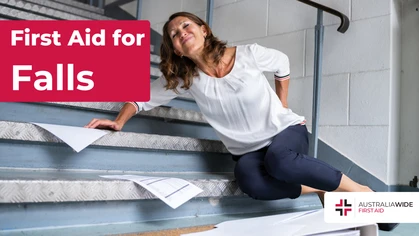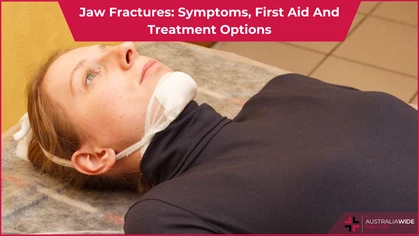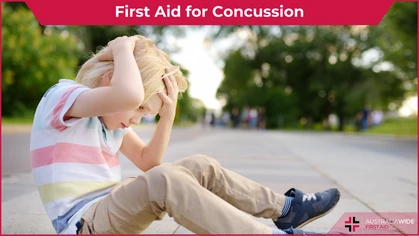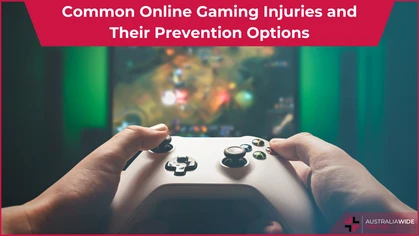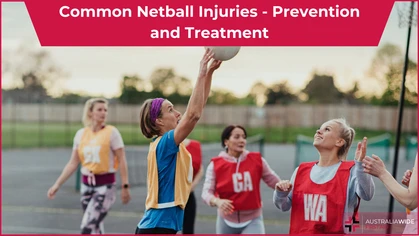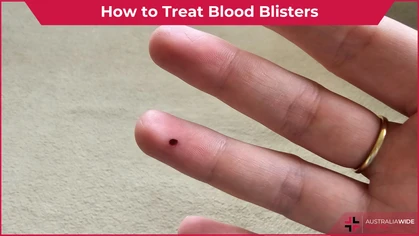Understanding Bone Fractures: A Comprehensive Guide

Injury
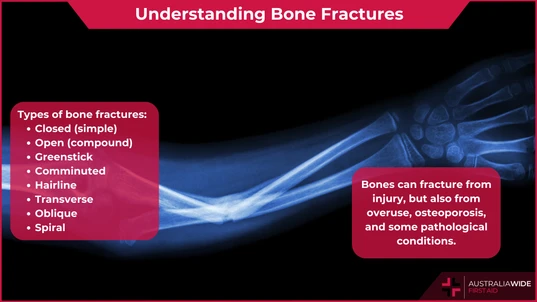 Bone fractures are a common injury that people may encounter, especially children and active adults.
Understanding the different types of fractures is essential for providing proper first aid.
In this article, we will explore the various types of bone fractures, their causes, symptoms, and initial first aid responses.
Bone fractures are a common injury that people may encounter, especially children and active adults.
Understanding the different types of fractures is essential for providing proper first aid.
In this article, we will explore the various types of bone fractures, their causes, symptoms, and initial first aid responses.
Types of Bone Fractures
A bone fracture occurs when the bone splits or breaks. There are a number of different types of fractures, named for how the break line sits in relation to the rest of the bone. These include: Greenstick Fracture: This type of fracture occurs in children, where the bone is partially broken, resembling a green stick that has been bent. Due to the flexibility of children's bones, they are more likely to experience greenstick fractures. Comminuted Fracture: Comminuted fractures involve the bone breaking into multiple fragments. High-impact injuries, such as car accidents or heavy falls, often lead to this type of fracture. Hairline Fracture: A hairline fracture is a tiny crack in the bone, which can be challenging to detect. It often results from overuse, repetitive stress, or minor injuries. Transverse Fracture: In a transverse fracture, the break is perpendicular to the bone's axis. Typically caused by a direct blow or injury. Oblique Fracture: An oblique fracture involves a diagonal break across the bone. This type of fracture commonly occurs in long bones like the femur or tibia. Spiral Fracture: A spiral fracture occurs when the bone is broken with a twisting motion. The fracture line wraps around the bone like a corkscrew. They commonly occur when the body is in motion but one extremity is planted still. Segmental Fracture: A segmental fracture occurs when the bone breaks in two or more places, with segments completely detached. Avulsed Fracture: An avulsed fracture involves a piece of bone being pulled away by the soft tissue that it is attached to.Fracture Characteristics
Each of these fractures can also exhibit one or more of the following characteristics: Closed Fracture (Simple Fracture): A closed fracture occurs when the bone breaks but does not penetrate the skin. Commonly caused by falls, accidents, or sports injuries. Open Fracture (Compound Fracture): In an open fracture, the broken bone punctures through the skin, creating an external wound. These fractures are more susceptible to infection due to the exposure of the bone. Immediate medical attention is crucial to prevent complications. Displaced/Nondisplaced: A displaced fractures means that the bone is no longer in alignment. One or more parts of the bone are sitting out of place. In contrast, a nondisplaced fracture means that the bone is still in alignment, the pieces sitting almost in their normal position.
Causes of Bone Fractures
- Trauma: Accidents, falls, sports injuries, and physical altercations are common traumatic causes of bone fractures.
- Overuse: Repetitive motions or excessive stress on a bone, such as in the case of stress fractures, can lead to fractures over time.
- Osteoporosis: Weakened bones due to conditions like osteoporosis make individuals more susceptible to fractures, even from minor injuries.
- Pathological Conditions: Diseases like cancer, infections, or other medical conditions can weaken bones and lead to fractures.
Symptoms of Bone Fractures
Recognizing the signs and symptoms of bone fractures is essential for providing prompt first aid. These can include:- Pain and tenderness at the site of the injury.
- Swelling and bruising.
- Inability to move or bear weight on the affected limb.
- Deformity or abnormal positioning of the limb.
- A grinding or cracking sensation at the time of injury.
Initial First Aid Responses
When you encounter someone with a suspected bone fracture, follow these initial first aid steps:- Ensure safety: First, make sure the scene is safe for both you and the injured person.
- Call for help: Call Triple 0 for an ambulance.
- Control the bleeding: if the fracture has broken the skin, very carefully apply pressure to control the bleeding.
- Immobilize the injury: Use splints, towels, or any available materials to immobilize the injured area. This minimizes movement and prevents further damage.
- Elevate the injured limb: If possible, gently elevate the injured limb to reduce swelling.
- Apply ice: If available, apply a cold pack or ice wrapped in a cloth to the injured area to reduce pain and swelling.
- Keep the person calm: Offer reassurance and keep the injured person as comfortable as possible while waiting for professional help to arrive.
Conclusion
Understanding the different types of bone fractures, their causes, and initial first aid responses is crucial for anyone seeking to provide assistance in emergency situations. By following the appropriate steps and ensuring that professional medical help is summoned, you can make a significant difference in an individual's recovery and overall outcome. Remember, when in doubt, it is always better to err on the side of caution and seek immediate medical attention for a suspected bone fracture.
Originally published at
https://www.australiawidefirstaid.com.au/resources/understanding-bone-fractures
as part of the Australia Wide First Aid Articles Library
